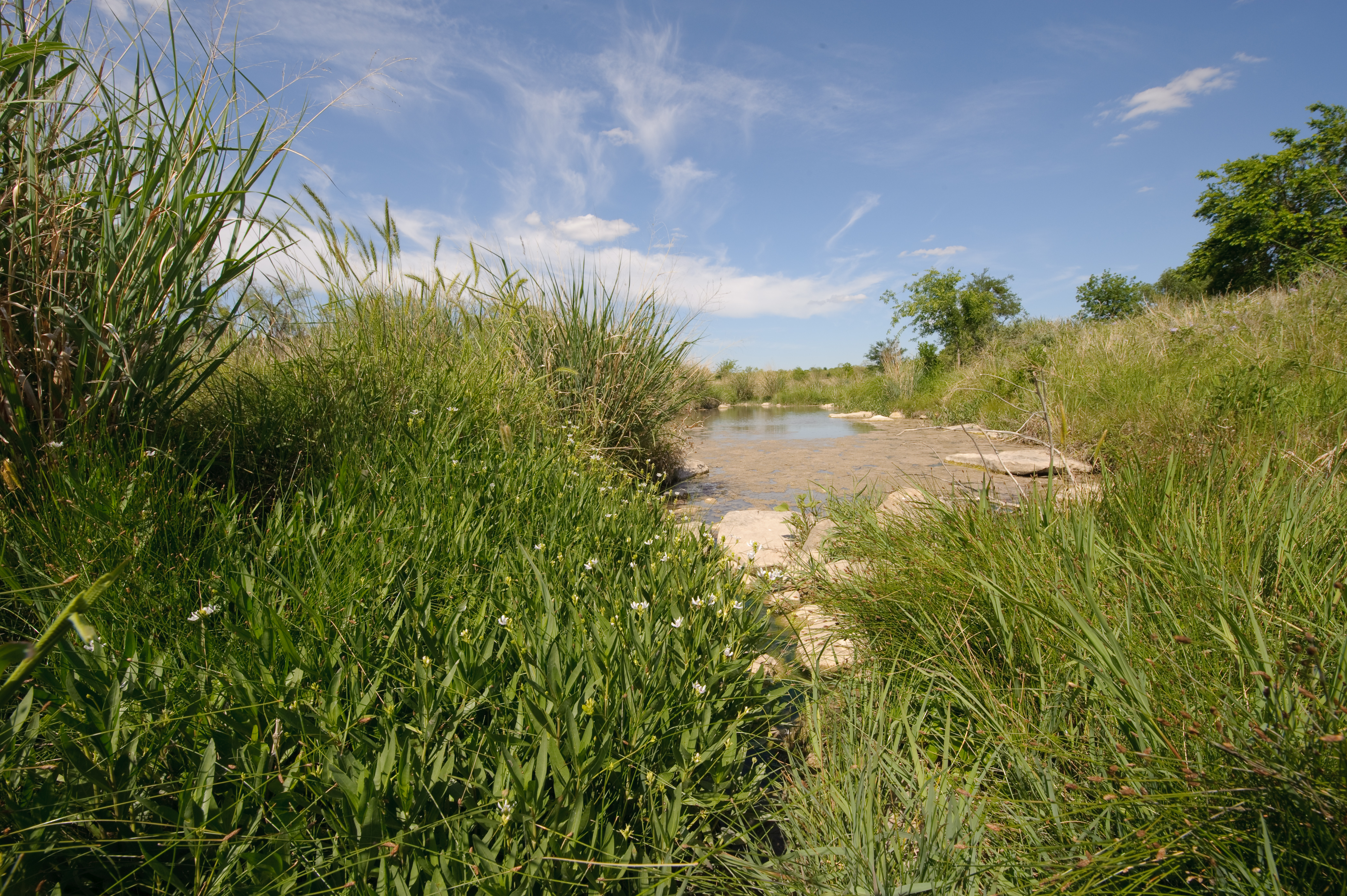
 The programs most concerning public health and soil conservation under Title II Conservation are: the Environmental Quality Incentives Program (EQIP), Conservation Reserve Program (CRP), Conservation Stewardship Program (CSP),and Regional Conservation Partnership Program (RCPP).
The programs most concerning public health and soil conservation under Title II Conservation are: the Environmental Quality Incentives Program (EQIP), Conservation Reserve Program (CRP), Conservation Stewardship Program (CSP),and Regional Conservation Partnership Program (RCPP).
Each of these programs are voluntary conservation programs that provide financial assistance to implement particular conservation practices; most of them also provide technical assistance. Examples of conservation issues addressed in these program include improving soil and water quality, protecting environmentally sensitive land to prevent degradation, and water conservation. Many of these programs directly address soil conservation by providing assistance for farmers who are willing to either take sensitive land out of production for a number of years or implement conservation practices that help maintain or improve soil quality.
The Environmental Quality Incentives Program (EQIP) is a voluntary conservation program through which farmers enter into maximum 10 year contracts to receive “financial assistance to help plan and implement conservation practices that address natural resource concerns and for opportunities to improve soil, water, plant, animal, air and related resources on agricultural land and non-industrial private forestland.”[1] Most of the funding is provided to crop producers, though a portion of it is allocated to livestock operators.
The Conservation Reserve Program (CRP) is a voluntary conservation program through which the Farm Service Agency pays farmers to take environmentally sensitive land out of production for 10-15 years.[2] Payment consists of “an annual per-acre rental payment and half the cost of establishing a permanent land cover.”[3] While the 2014 Farm Bill plans to gradually reduce CRP from 32 million acres to to 24 million acres by 2017, it also has shifted to funding “high-priority, partial-field practices, including riparian buffers, field-edge filter strips, grassed waterways, and wetland restoration” which “are believed to provide greater environmental benefits than whole-field enrollments,” according to the USDA. [4]
The Conservation Stewardship Program (CSP) is a voluntary conservation program that works with landowners to put conservation practices in place both to conserve the land and to increase its productivity, be it forage, crop yield, or wildlife volume.
The Regional Conservation Partnership Program (RCPP), created in the 2014 Farm Bill, consolidates several programs from the 2008 Farm Bill “aimed at getting entities to work together to address long-term and seemingly intractable issues, particularly related to water quality.” [2] This new program will be funded at $100 million annually, and “may offer new opportunities for innovative conservation partnerships addressing previously underserved communities and priorities.”[2] In addition, it includes language that should allow continued funding for areas including the Chesapeake Bay and Great Lakes. [2]
The 2014 Farm Bill also added crop insurance premium subsidies to the list of benefits that could be withheld for noncompliance with conservation provisions, thus maintaining farmer incentives for environmental stewardship. This is the first time that crop insurance premium subsidies have been linked to Conservation Compliance since 1996! According to the USDA, “producers who fail to apply approved soil conservation plans on highly erodible cropland or who drain wetlands could become ineligible for all or part of a number of agricultural programs, including commodity programs, conservation programs, disaster assistance, and now crop insurance premium subsidies.”[4]
Defenders of Wildlife published a Guide to the Farm Bill Conservation Programs with information on these and other conservation programs. Defenders of Wildlife also published Targeting of Farm Bill Program Funding to Advance Conservation Priorities, a piece that “highlights the ways that programs have addressed important priorities, and offers implementation recommendations to improve this process.”
[1] Environmental Quality Incentives Program, USDA Natural Res. Conservation Serv., http://www.nrcs.usda.gov/wps/portal/nrcs/main/national/programs/financial/eqip/ (last visited Sept. 25, 2013). See also 16 U.S.C.A. § 3839aa.
[2] Delach, Aimee. Defenders of Wildlife (2014). “A Guide to the Farm Bill Conservation Programs.”
[3] USDA, “Farm Policy Glossary” https://agclass.nal.usda.gov/download.shtml#glossary (last visited July 10/5, 2017).
[4] USDA, “Conservation: Title II and Title XI (Crop Insurance)” http://www.ers.usda.gov/agricultural-act-of-2014-highlights-and-implications/conservation.aspx
